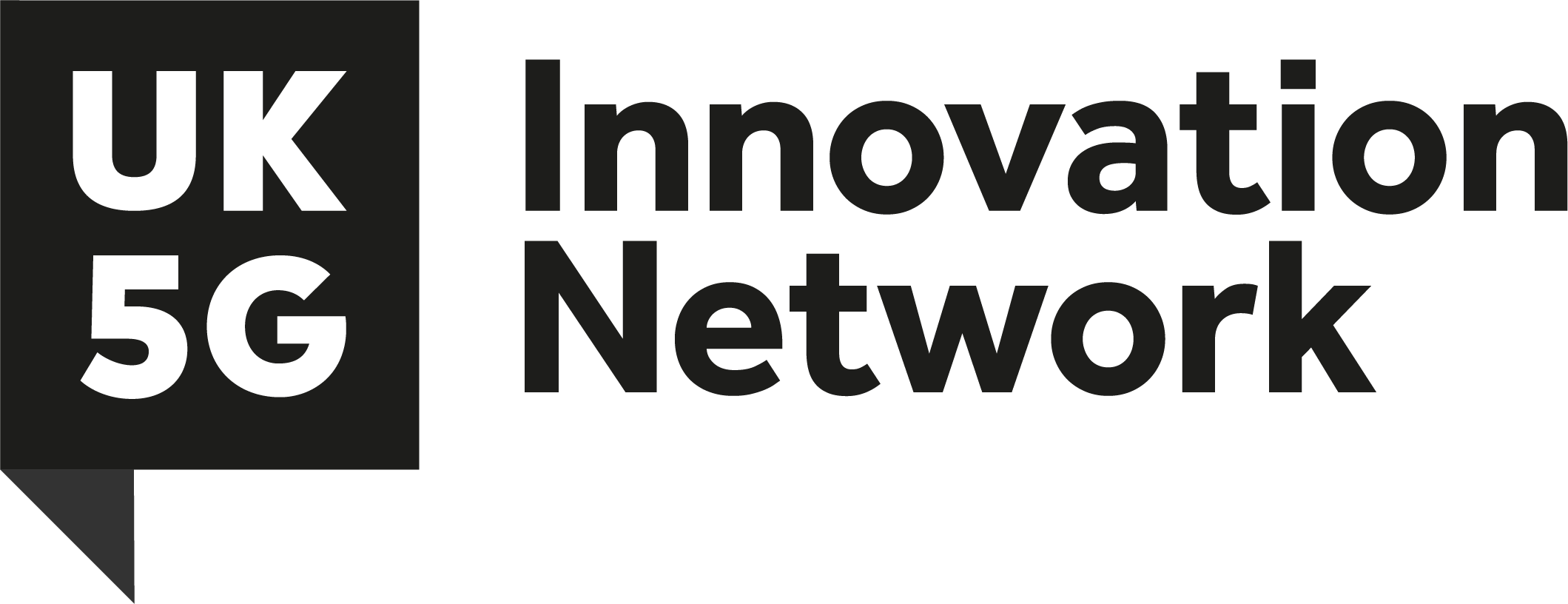Following on from our recent explainer video. We are exploring the different challenges around building a 5G network. This week we will discuss the economic impact of rural connectivity, fibre and backhaul. Let’s get stuck in.
Economics for rural connectivity
5G in itself does not resolve rural connectivity’s key challenge of showing the economic value of covering hard-to-reach places where few subscribers live. The simple fact is that for many rural communities, the significant costs associated with the deployment and lifecycle management of cell sites are hard to justify.
UK government and Ofcom are very aware of this and are considering many methods to contribute to the resolution of this challenge. Some of the tools used or likely to be used are as follows:
- Government subsidies and funded infrastructure build outs, for example Scotland R100 superfast broadband plan.
- Coverage obligations built into spectrum auctions, those proposed by Ofcom for example.
- Techniques to dynamically assign spectrum regionally (as opposed to nationally) as well as “lightly licensed” concepts to encourage new providers to build specifically for their rural communities, buildings or industries. More details here.
Service providers also have a widening portfolio of tools to address the rural economics challenge:
- With the advent of industrial IoT, more machines and things in rural areas will begin to drive demand for rural networks.
- National Roaming or “not spot roaming” solutions, techniques and incentives to encourage inter-operator roaming in places where it is hard for any single service provider to make a case to deploy networks. National roaming across the UK is seen as problematic as it can very easily discourage investment, competition and product differentiation. However, for these last under-covered rural areas, and only these areas, perhaps these issues are less pronounced.
- Neutral hosting. Techniques to allow service providers to actively share sites, radio infrastructure and backhaul reducing the overall cost and making the business case more feasible. The difference between national “not spot” roaming and neutral hosting is that in the case of national roaming, a customer of service provider 1 (SP1) would connect onto the antenna of service provider 2 (SP2) and it would appear to be SP2’s network to the customer, just like when you travel abroad. In the case of neutral hosting, customers of SP1 or SP2 could still appear to be on their own home networks, despite the radio component being hosted by one of the service providers or even a third party provider.
Although both “not-spot roaming” and “neutral hosting” can contribute to the economic case for building rural mobile connectivity, they both come with significant technical and commercial challenges. Seamlessness of experience, roles and responsibilities, maintenance of quality and brand differentiation, technical integration and security to name but a few. We discussed the 5G RuralFirst Layer Cake in a previous blog. This “stacking” of use cases and financing could be an important component in the model to build radios in rural communities and we are in the midst of producing another whitepaper about the demand and supply side of building rural infrastructure. Look out for that in the next few months. 5G RuralFirst is all about rural use cases that will contribute to the economy and the economic case for rural network builds. You can find examples of our rural use cases across the 5G RuralFirst website.
Fibre and backhaul
Connecting the radios back to the internet represents another key challenge for 5G, particularly in rural communities.
Because the aggregate capacity and amount of cell sites increases (more spectrum, faster phones, more efficient utilisation of radio spectrum, more use cases), the “backhaul” network necessary to connect the radios back to the internet and to each other needs to increase both its aggregate and, often times, its point to point capacity. This drives a huge demand for fibre optic cabling. Fibre optic is a very important technology because it can carry very high bandwidths, and can carry numerous use cases across the same infrastructure. For example, a fibre route could carry fixed broadband services to a community, backhaul capacity to a mobile cell site, and several business voice and data services concurrently.
Getting the conditions right for companies to make significant investment in fibre optic networks is essential to the future of 5G and the UK government. Ofcom have spent considerable effort trying to make the competitive, investment, legal and process regimes more effective to support this buildout. You can learn more about this here.
Fibre is not the only way to backhaul traffic from cell sites. Point to point and mesh radios can be used for the last juncture of the network. Backhauling via satellite links may be used in very remote areas, and existing cable networks already in the ground can also be utilised. Each backhaul method comes with its own set of shortcomings, challenges and constraints, and for that reason, most networks are a hybrid of many backhaul technologies.


